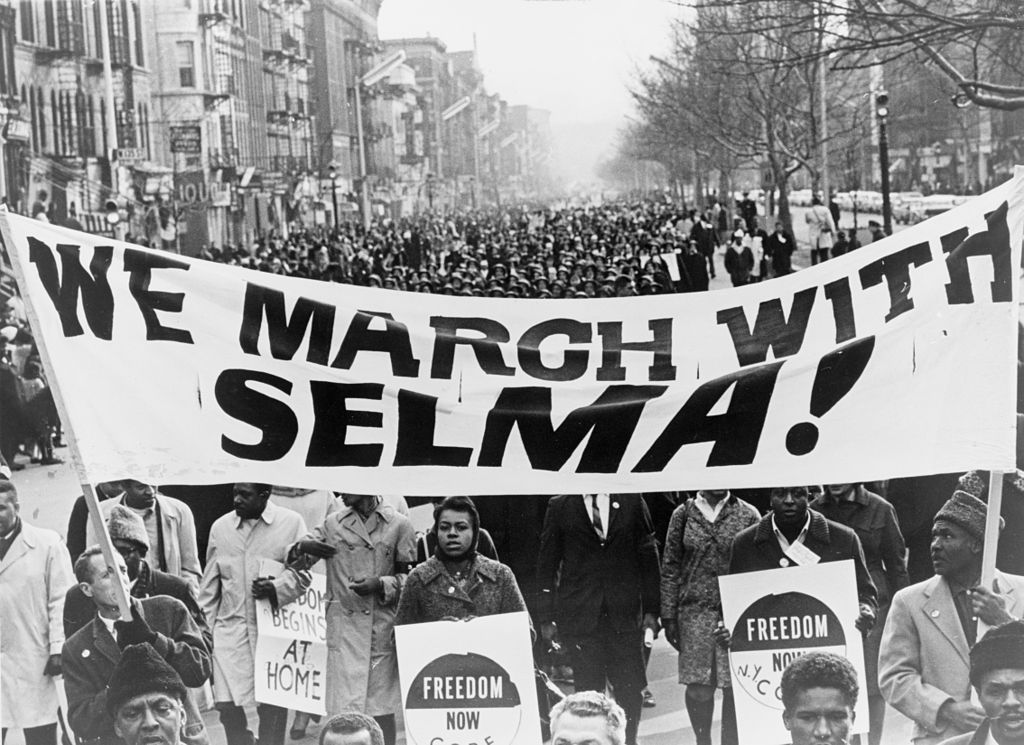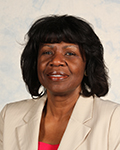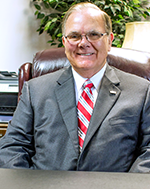Civil rights march remembered


 MARCHERS: Dr. Nora Pugh-Seemster (Left) and OCCC president Jerry Stewart (Right) discussed what it was like participating in the civil rights march of 1965. Photos provided
MARCHERS: Dr. Nora Pugh-Seemster (Left) and OCCC president Jerry Stewart (Right) discussed what it was like participating in the civil rights march of 1965. Photos providedThe Selma march for civil rights in 1965 attracted about 3200 people who set out on foot from Selma, Alabama, on March 21, according to CNN. On arrival at the state capitol four days later, the number had swelled to 32,000.
Nora Pugh-Seemster, president and CEO of Nurturing Positive Solutions Inc., talked about this historic event on Feb. 18, to an audience of 20 people on the OCCC campus. Her presentation was part of Black History Month.
Among the supporters were Caucasians and other ethnicities who had joined African-Americans in their pursuit of the right to vote, Pugh-Seemster said, pointing out different faces in historic video footage. The marchers walked 50 miles to the capitol in Montgomery.
Among the Selma marchers was OCCC President Jerry Steward, who joined Pugh-Seemster toward the end of her speech.
Steward confirmed the marchers were treated harshly by hostile crowds along the route.
From his firsthand account he described the way the marchers were abused.
“They had whole glass bottles filled with human urine that were being hurled at us as we marched,” he said.
The marchers had been asked by Dr. Martin Luther King Jr. ‘to not react violently or respond to the tormentors,’ Steward said. As one of the leaders of the Civil Rights movement, King endorsed nonviolence as the means to achieve political ends.
Pugh-Seemster asked people in the audience if they could have shown such self-restraint.
“Could you suffer name-calling and other protests to pass the Voting Rights Act?” Pugh-Seemster asked, near the beginning of the speech.
Other events led up to the Selma march, Pugh-Seemster said, such as the U.S. Supreme Court ruling known as Brown v. Board of Education in 1954, which deemed segregated schools to be unconstitutional.
Afterwards in Arkansas, nine students attended Central High School in Little Rock. These nine students were dubbed the “Little Rock Nine” in their time.
Even in Oklahoma there was struggle for Civil Rights.
Pugh-Seemster said even after she decided to attend the University of Oklahoma, she felt some anxiety because one of the streets in Norman was named De Barr, in memory of an OU professor who had been a leader of the Ku Klux Klan.
Before the Supreme Court’s ruling on Brown v. Board of Education’s “separate but equal doctrine” being unconstitutional, Oklahoma’s segregated schools were anything but equal, Pugh-Seemster said.
African American schools used old textbooks that were worn out after having been used by the “equal” white schools, she said.
“At one time Oklahoma had more Black towns in our state than any other in the union,” Pugh-Seemster said. After Jim Crow laws were introduced to make segregation legal shortly after statehood, other laws were added later in an effort to keep African Americans from voting.
Pugh-Seemster is retired from OCCC after serving for many years as the director of the Career Transitions program.